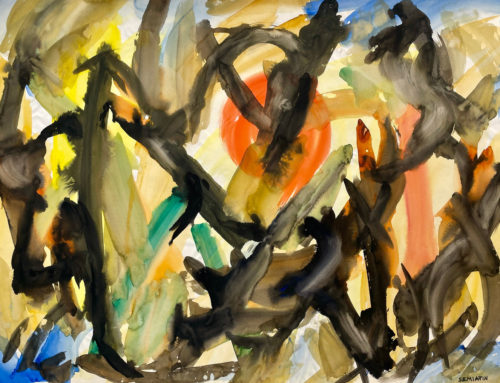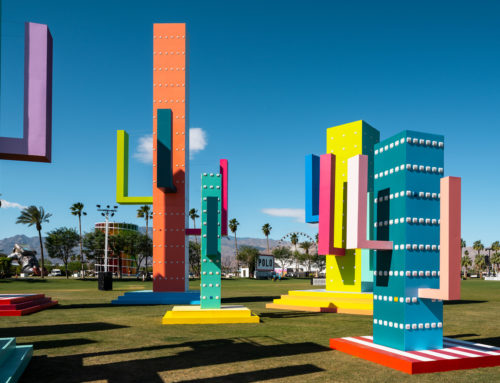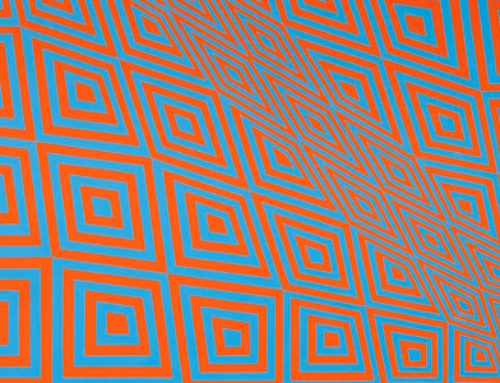1. What is Arts Tank Greater Palm Springs and who’s behind it?
Arts Tank Greater Palm Springs is a Shark Tank-like program that invites creative people and organizations to pitch big-impact ideas to win valuable support. The nonprofit California Desert Arts Council (CDAC) created Arts Tank to stimulate innovation in the arts and encourage publicly accessible arts-based projects that attract tourism, address a concern of a particular community, and engage a cross-section of residents and visitors in the Coachella Valley.
2. What is a publicly accessible arts-based project?
CDAC defines “publicly accessible” as being accessible by public transit and open to the public. “Arts based” calls for a direct involvement in the arts or artistic process. The arts may include visual, performing, literary, architecture, heritage, and cultural experiences.
3. What types of projects does Arts Tank want to support?
CDAC welcomes projects, events, products, or ideas from all artistic disciplines (architecture/design, dance, music, theater, literary/spoken word, visual art) that are new, innovative, creative, and have a strategic purpose that aligns with the objectives of Arts Tank, as defined in No. 1.
Arts Tank seeks place-based initiatives, meaning the projects, events, products, and ideas must be delivered in the Coachella Valley. “Place” considers its history, communities, environment, and infrastructure.
Arts Tank encourages applications for experiences that are visually compelling, attractive to residents and visitors of all ages, and as enriching as they are fun! These could be permanent or temporary art installations, events with elements of both visual and performance, and many other possibilities.
4. Are there initiatives Arts Tank will not fund?
Arts Tank will not consider re-granting or fundraising initiatives or government, public, or faith-based projects.
5. Where can projects or initiatives take place?
Applicants must deliver their projects and initiatives in the Coachella Valley. Arts Tank defines “Coachella Valley” as the cities of Cathedral City, Coachella, Desert Hot Springs, Indian Wells, Indio, La Quinta, Palm Desert, Palm Springs, and Rancho Mirage.
Applicants with site-specific proposals need not have a committed site in the application stage. However, if selected as a finalist, the applicant will demonstrate progressive, authorized communications to secure a specific site in the Coachella Valley.
6. How much money is on the line?
The inaugural Arts Tank considers proposals up to $25,000. CDAC has established a fund to grow and sustain the Arts Tank program. La Quinta Arts Foundation has seeded the fund with an initial investment of $25,000, and CDAC seeks sustaining funds from stakeholders, philanthropists, and grant-giving organizations.
7. Who is eligible to apply?
CDAC welcomes pitches from nonprofit, tax-exempt 501(c)(3) arts and culture organizations, as well as individual artists, or groups of artists, of any discipline, who have a nonprofit fiscal sponsor or a track record of delivering similar projects. Government and public agencies are not eligible.
8. How do I apply?
Applications are available at cadesertarts.org/ArtsTank
9. What is the application deadline and how does the review process work?
The application deadline is August 15, 2018.
Applications are screened to ensure they meet the basic requirements stated in this FAQ and on the online application. Then a panel of judges representing local stakeholders — including tourism, economic development, and the cultural sector — selects finalists to participate in the live Arts Tank event.
10. What happens if I am selected as a finalist?
Finalists participate in a workshop to learn how to build and shape an effective proposal for the live Arts Tank event. They also receive a one-on-one coaching session with a professional.
11. What is the timeframe for project delivery?
Applicants must deliver their project or initiative within 12 months of the grant date.
12. How and when will the funds be delivered?
Arts Tank fund disbursements are scheduled to align with the winning proposal’s budget and work plan. The winner(s) and CDAC will identify key milestones in the production of the project or initiative and create a payment calendar that ensures resources are available throughout the process.
13. Are progress reports, final reports, documentation required?
Yes. As with any grant, the recipient is expected to report on the project’s progress and outcomes. CDAC will provide a template for this reporting.
14. What additional advice or tips can you offer to those submitting applications?
The application looks simple to complete. However, we encourage you to think deeply about your answers.
• Describe your pitch simply, clearly, and concisely.
• Explain who you are and what qualifies you or your organization to pursue this initiative.
• Take time to consider the impacts and outcomes of your initiative. Who benefits from it and how? Consider Art Tank’s objectives: attract tourism, address a concern of a particular community, and engage a cross-section of residents and visitors in the Coachella Valley.
• Understand and state your projected costs to support your ask of Arts Tank, and explain how you would use the funds if you win.
15. I still have questions. Who can I ask?
E-mail your questions to Steven Biller at steven@cadesertarts.org.
DEFINING THE TERMS
• Arts-based: A direct involvement in the arts or artistic process. The arts may include visual, performing, literary, architecture, heritage, and cultural experiences.
• Cultural tourism: Visitation for the purpose of engaging with a country or region’s culture, specifically the lifestyle and history of the people in those geographical areas, their art, architecture, religion(s), and other elements that helped shape their way of life.
• Event: A planned public or social occasion.
• Idea: An intangible concept that can be realized to affect a new strategy, structure, outcome, or process.
• Place-based: A direct involvement in the place (Coachella Valley) in which the initiative is delivered. The place includes its history, communities, environment, and infrastructure.
• Product: An article, service, or substance that is manufactured or refined for sale.
• Project: an individual or collaborative enterprise that is carefully planned and designed to achieve a particular objective.







